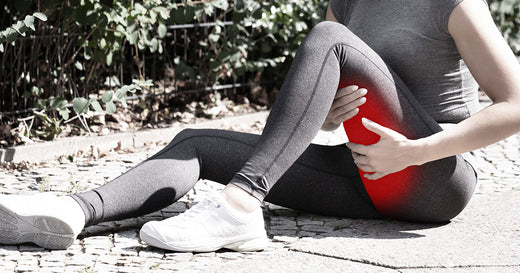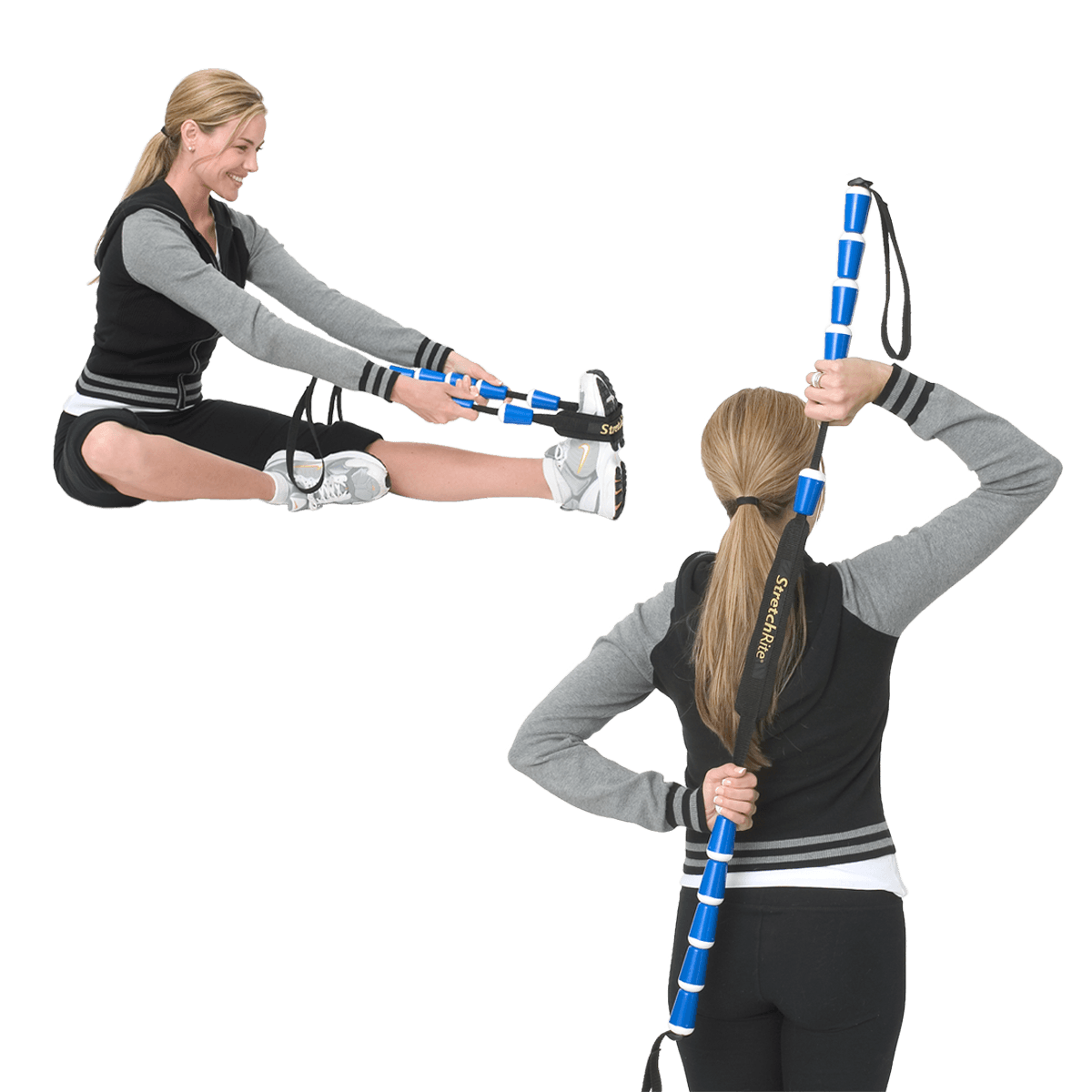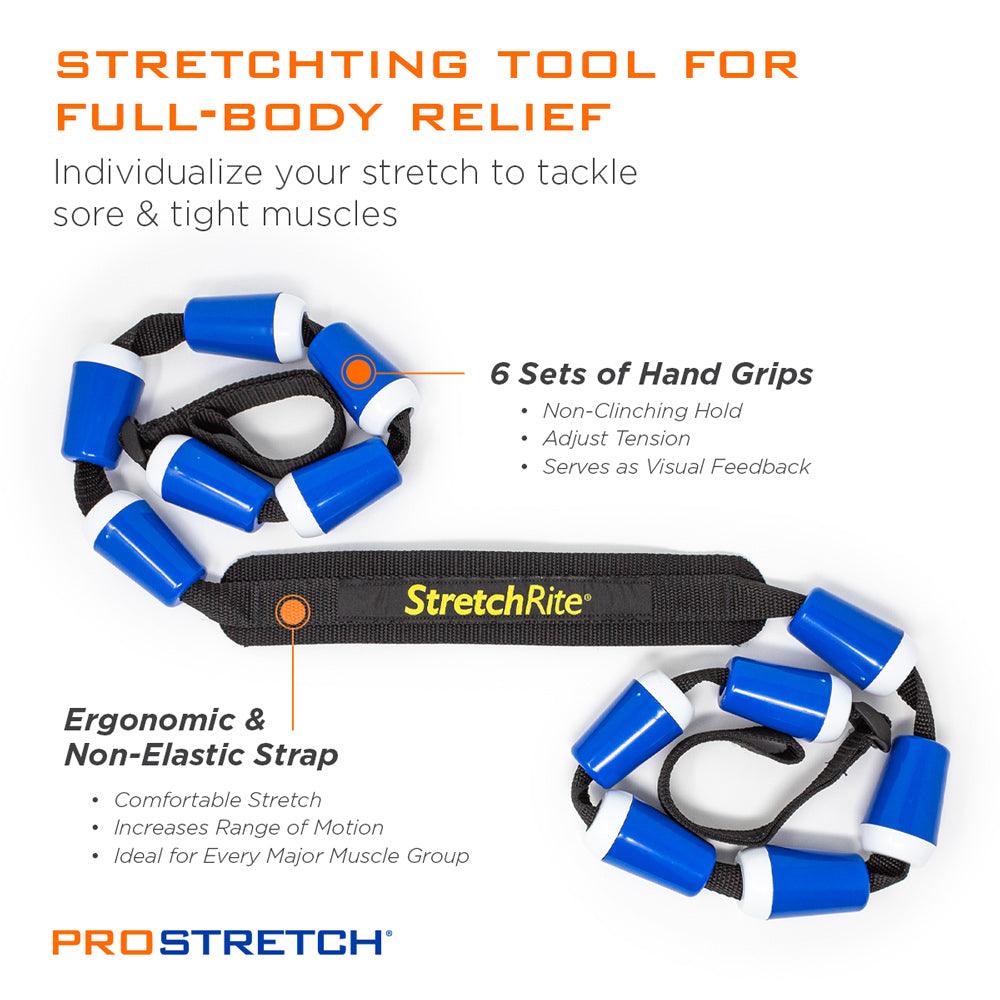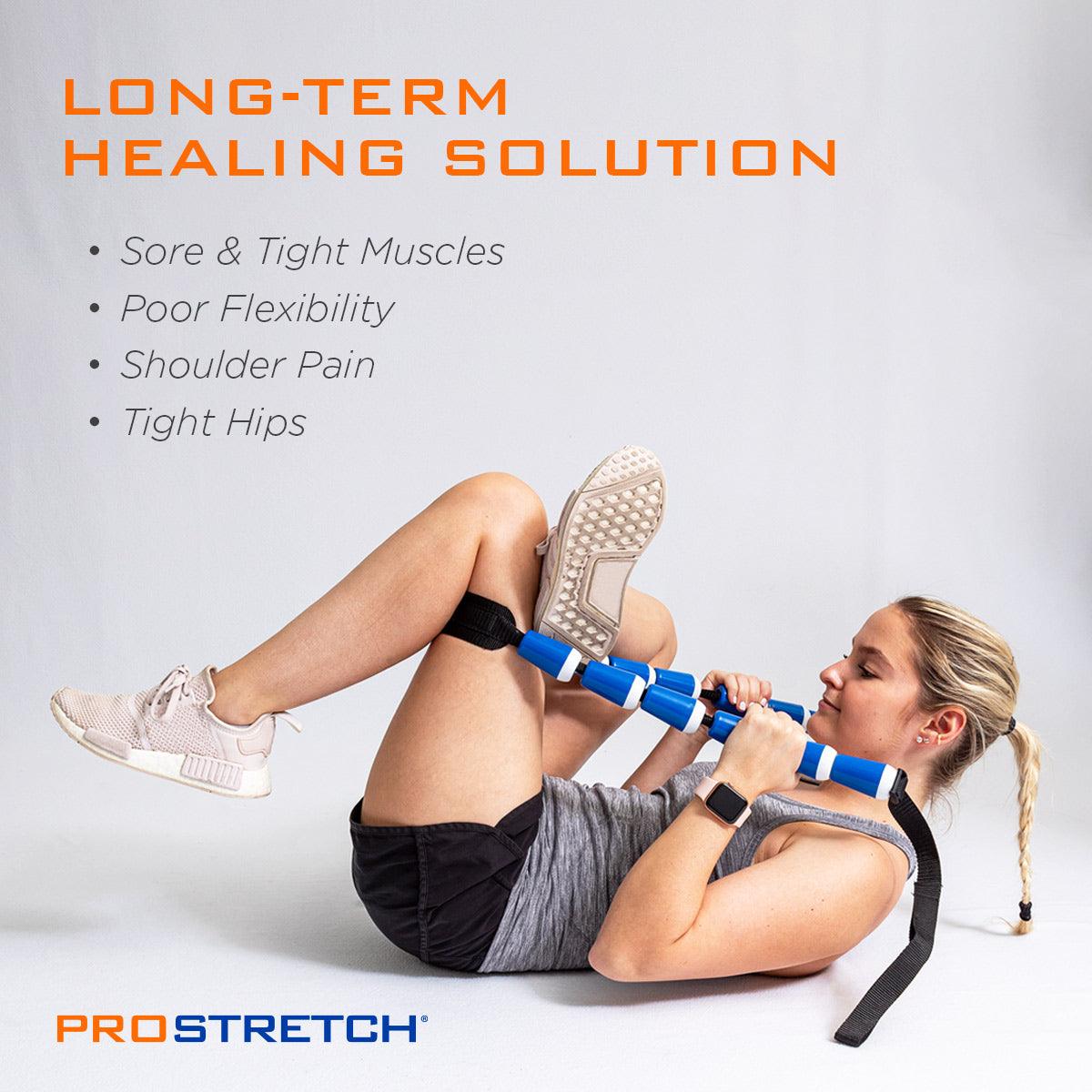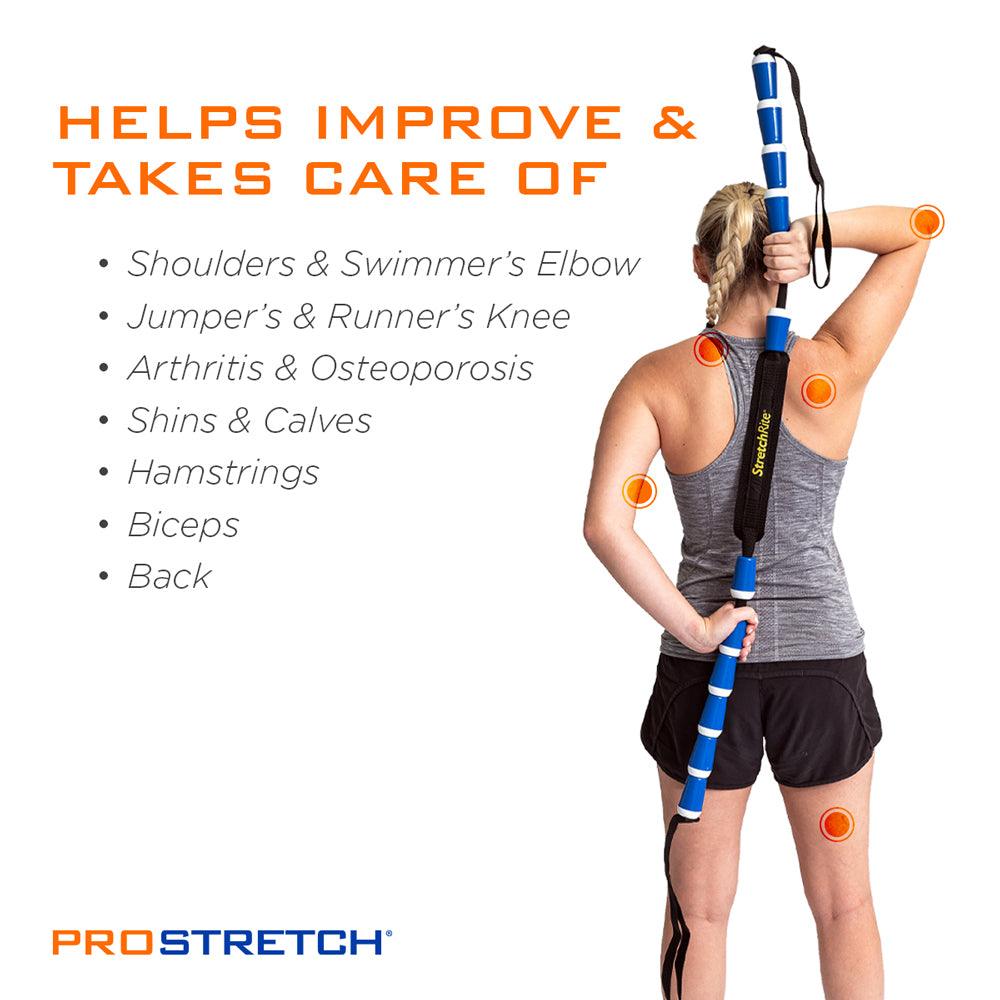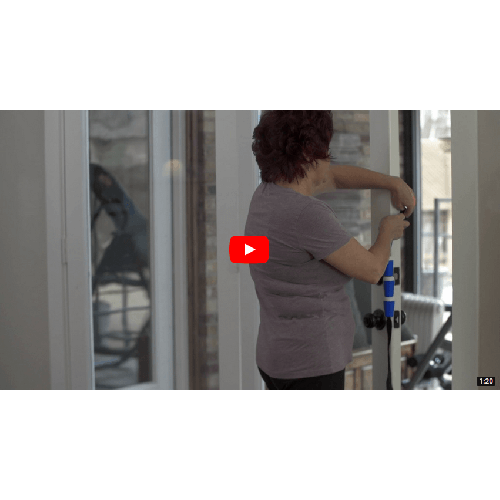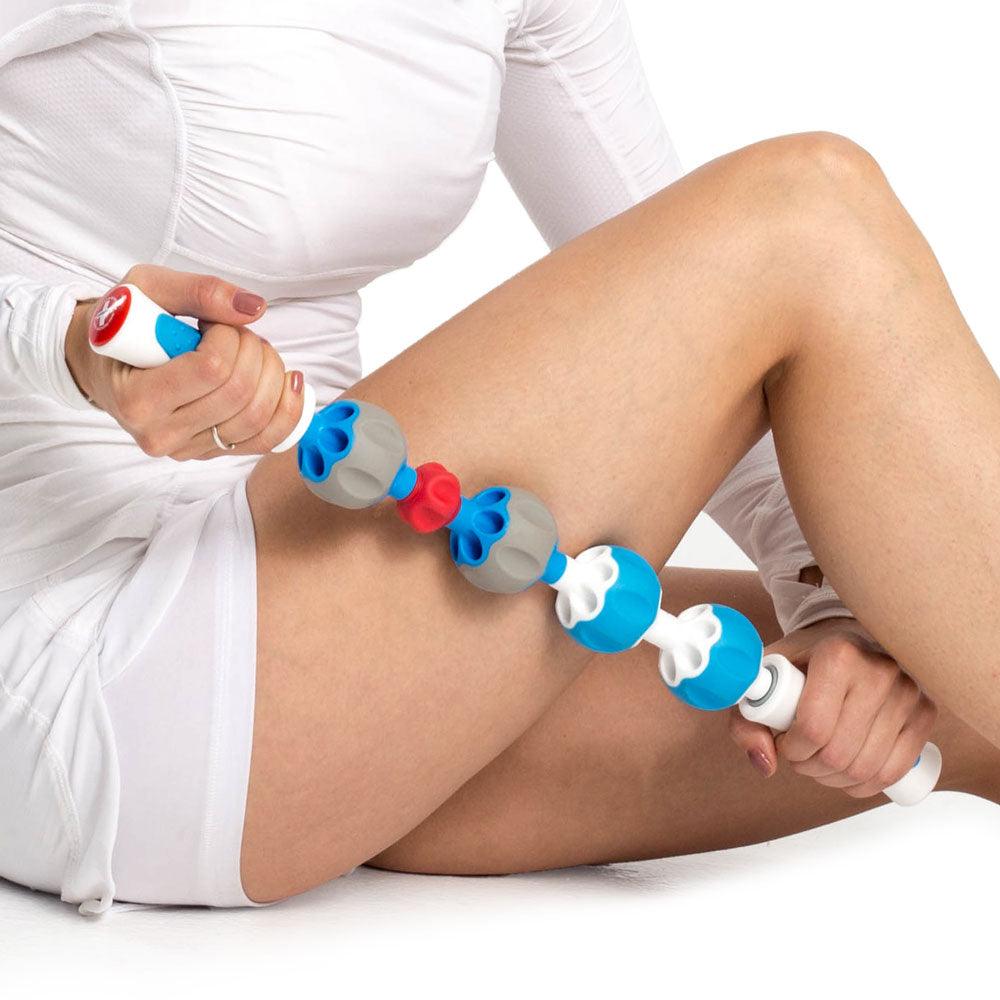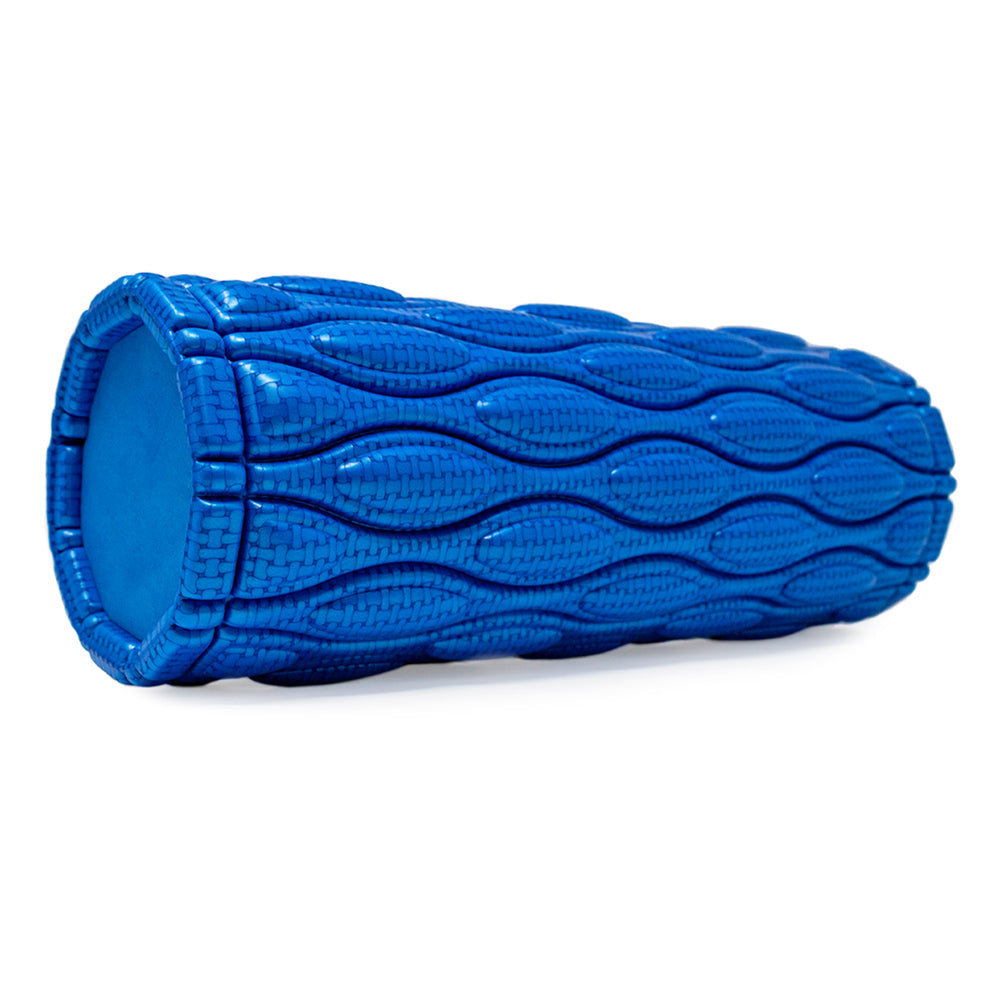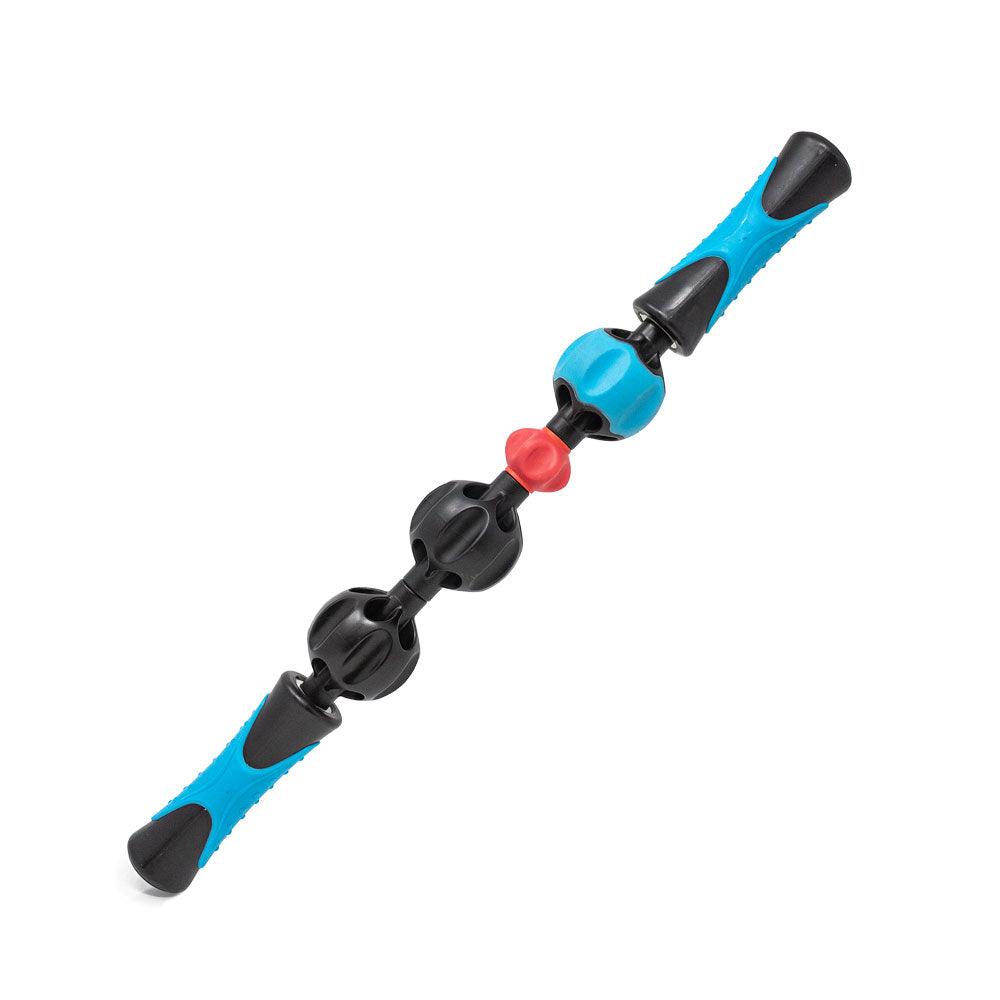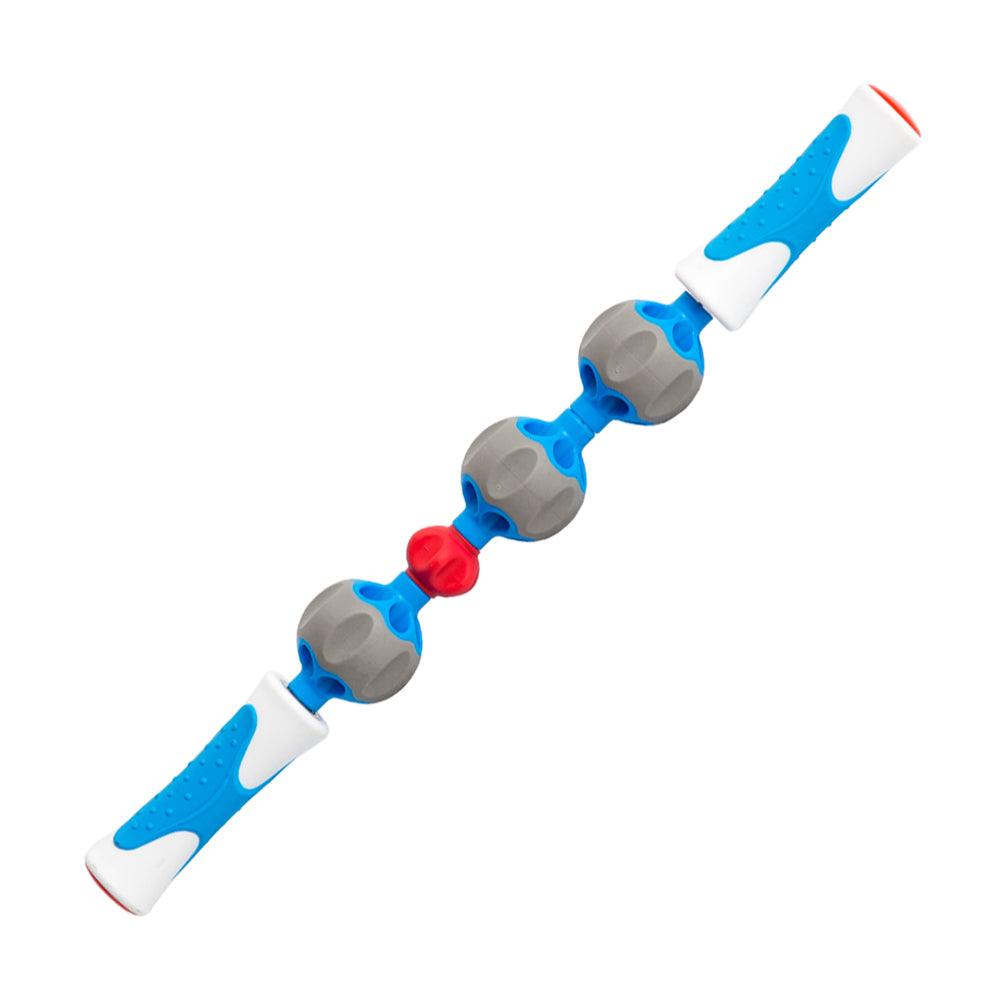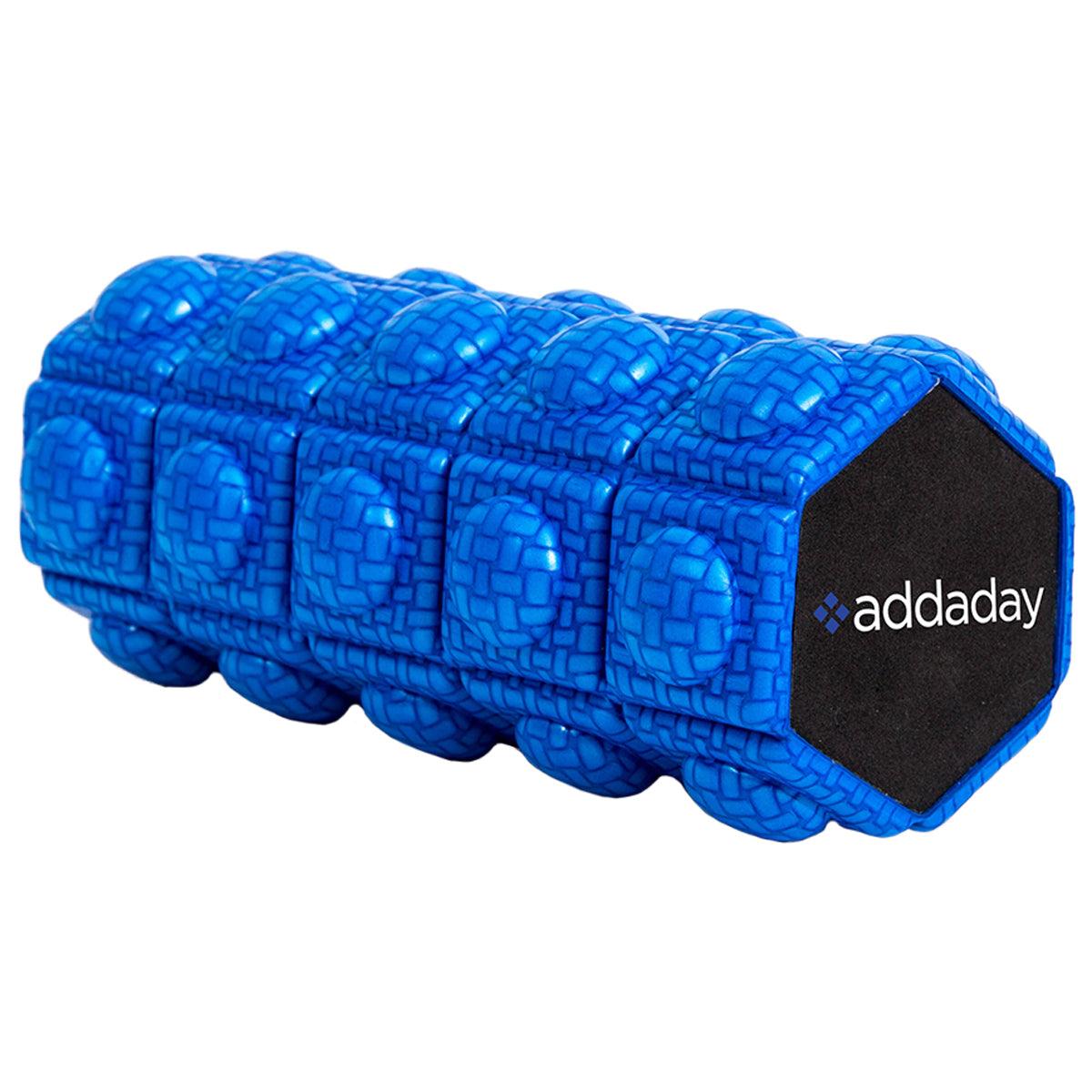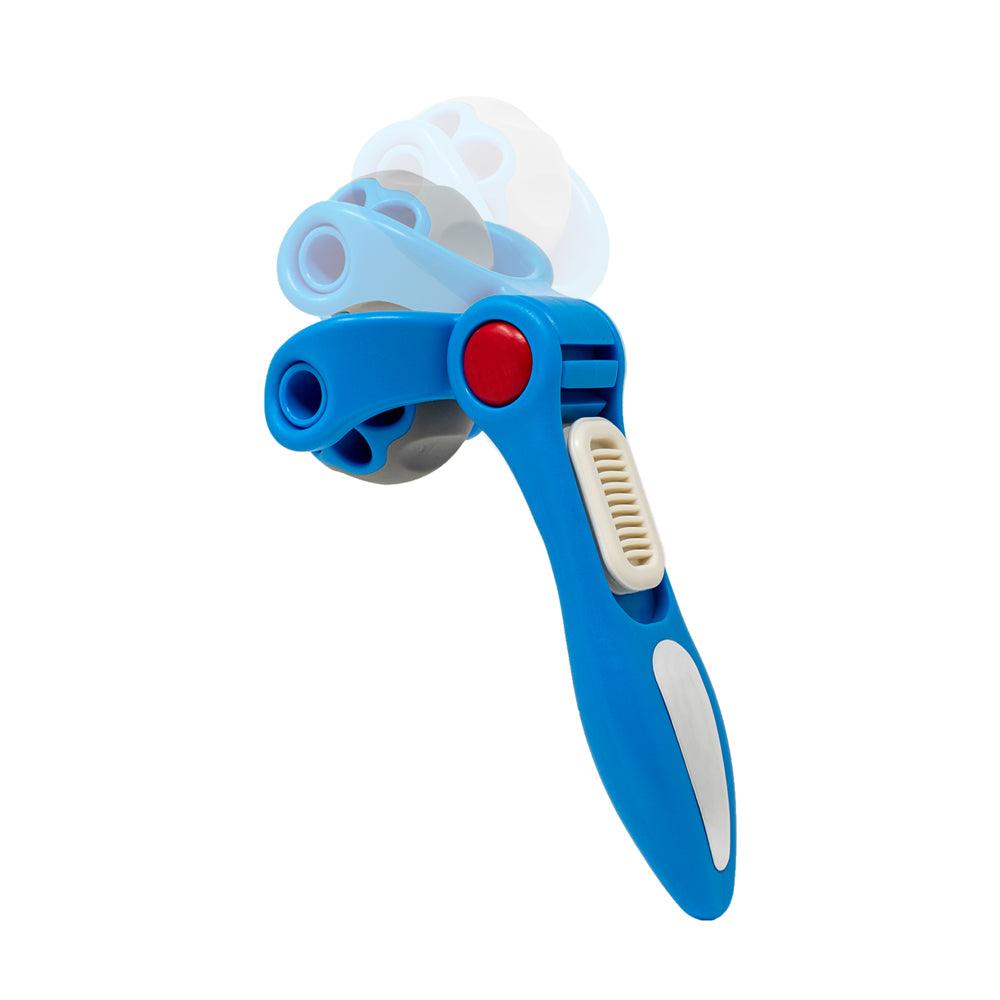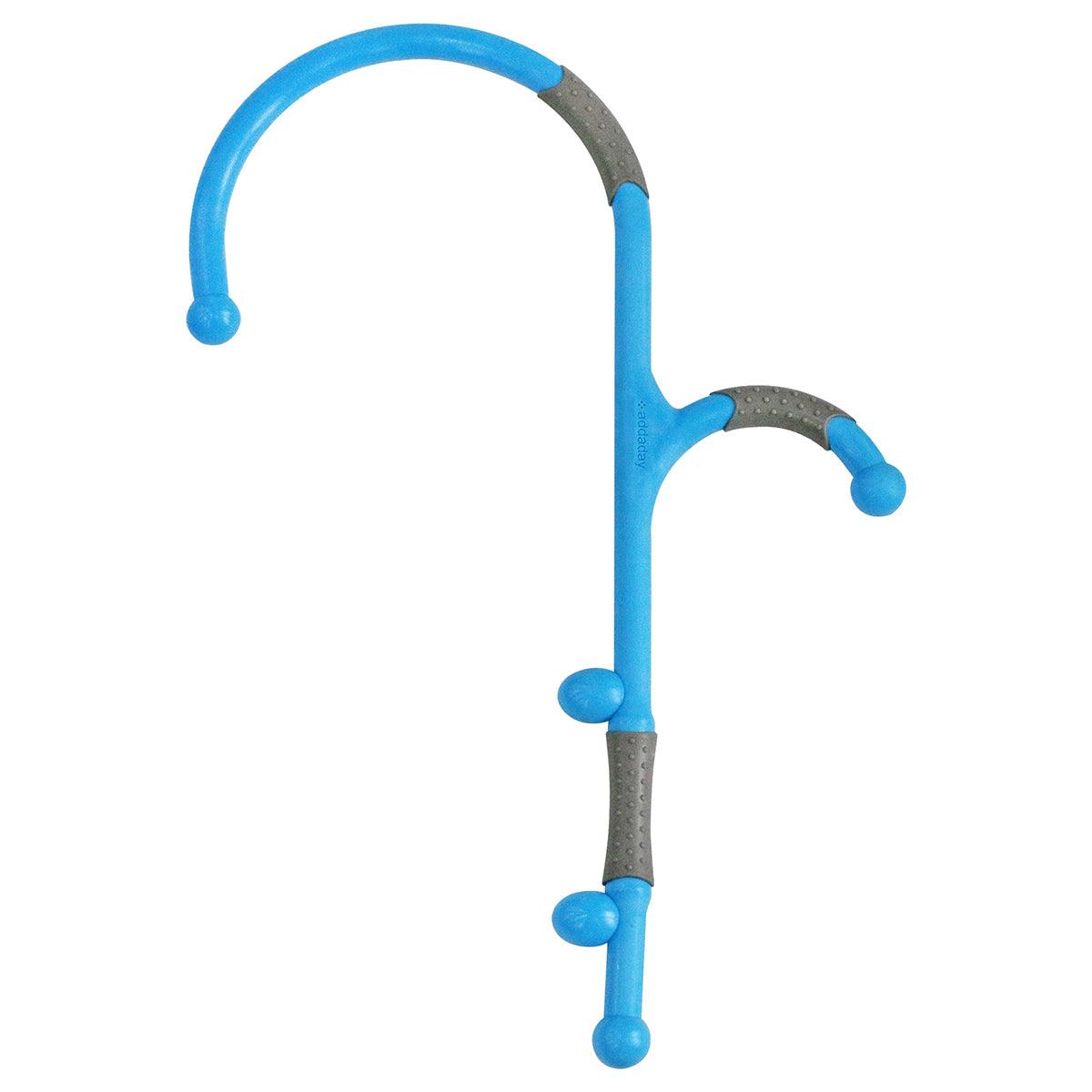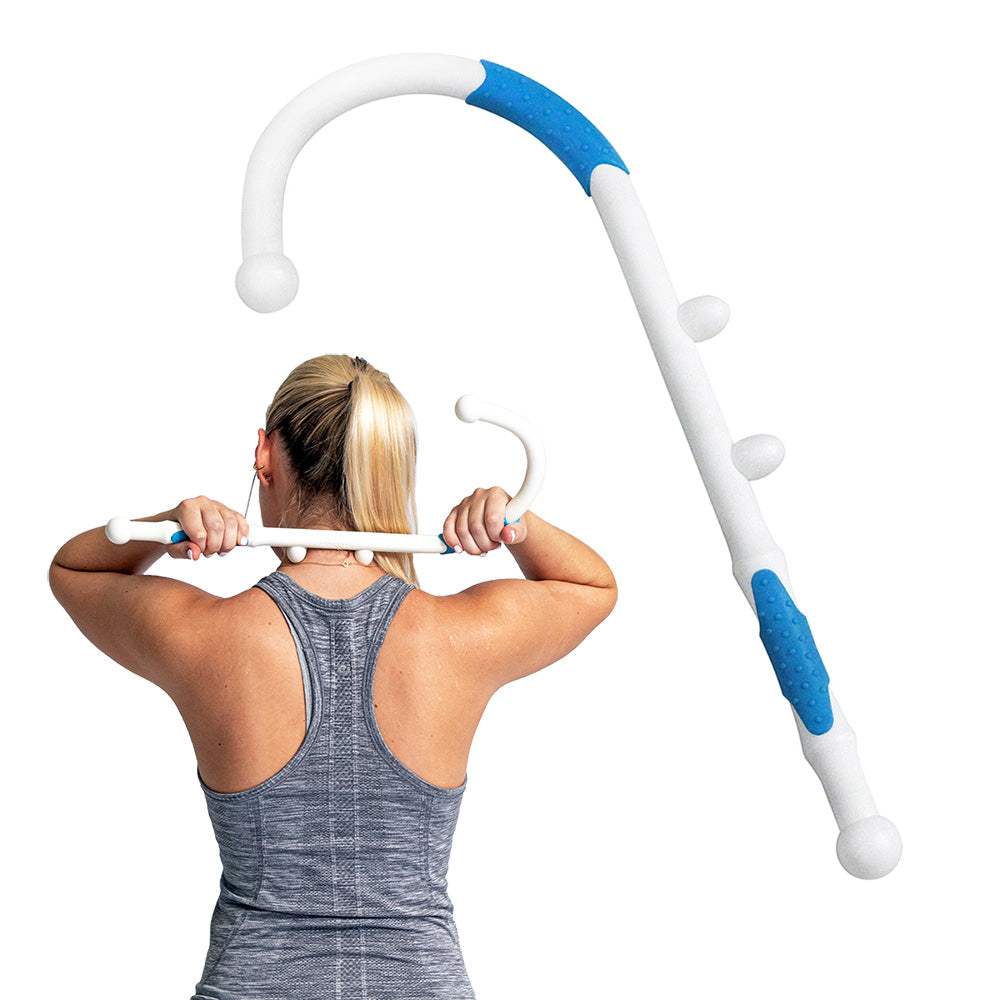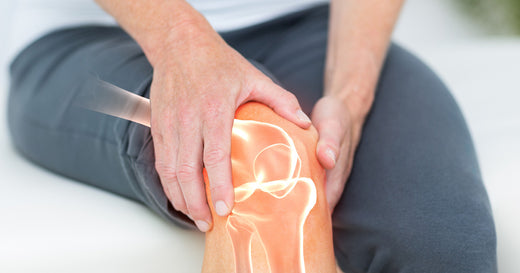Hamstring pain is a common issue for athletes and non-athletes alike. The hamstrings are a group of three muscles located at the back of the thigh. They are responsible for bending the knee and extending the hip, and are crucial for activities like running, jumping, and even walking.
Table of contents:
- Understanding hamstring Pain
- How to Stretch Hamstrings with StretchRite and CoreStretch?
- Simple Hamstring Stretching Exercises You Can Do at Home
- How to Prevent Hamstring Pain?
Understanding Hamstring Pain
Hamstring pain often arises due to overuse, muscle imbalances, poor flexibility, or sudden movements that strain or tear the muscles. It can manifest as a dull ache, sharp pain, or tightness in the back of the thigh, sometimes accompanied by swelling or bruising.
Hamstring injuries are categorized into three grades:
- Grade 1 (Mild strain): Minor tears in the muscle fibers, causing slight discomfort.
- Grade 2 (Moderate strain): Partial tears in the muscle, leading to pain, swelling, and difficulty in movement.
- Grade 3 (Severe strain): A complete tear of the muscle, resulting in significant pain, swelling, and loss of function.
Understanding the root cause of your hamstring pain is essential for effective treatment and prevention.
Hamstring Exercises
Doing hamstring exercises could be the best thing you do if you experience a hamstring injury, or if you plan to participate in an activity that uses the hamstrings. Proper hamstring stretches and exercises will keep the hamstrings in good shape, always limber, and strengthened as well.
How to Stretch Hamstrings with StretchRite® and CoreStretch®?
Doing hamstring exercises could be the best thing you do if you experience a hamstring injury, or if you plan to participate in an activity that uses the hamstrings. Proper hamstring stretches and exercises will keep the hamstrings in good shape, always limber, and strengthened as well.
Stretching is a key component in managing and preventing hamstring pain. Using tools like the StretchRite and CoreStretch can enhance your stretching routine, making it more effective and safer.
StretchRite
The StretchRite is a versatile stretching tool that allows you to control the intensity of your stretch. It features multiple loops, enabling you to customize your stretch to your flexibility level. To stretch your hamstrings using the StretchRite, follow these steps:

- Sit on the floor and with your legs extended.
- Loop the StretchRite around the ball of your foot, holding the ends with both hands.
- Gently pull the StretchRite towards you while keeping your back straight and your leg extended.
- Hold the stretch position for 20-30 seconds. You should feel a gentle pull in the back of your thigh.
- Repeat on the other leg.
CoreStretch
The CoreStretch is designed to stretch not just your hamstrings, but also your back, hips, and legs, providing a comprehensive stretch. To use the CoreStretch for your hamstrings:

- Position yourself on the edge of your seat and Straighten your legs
- Hold the handles and slowly lean forward.
- Hold the stretch position for 20-30 seconds. Repeat 3 times.
Both stretching tools facilitate a thorough, regulated stretch to lessen the likelihood of injury and enhance flexibility gradually.
Simple Hamstring Stretching Exercises You Can Do at Home
Incorporating regular hamstring stretches into your routine can alleviate pain and prevent future injuries. Here are some simple exercises you can do at home:
Standing Hamstring Stretch:
- Stand upright with your feet hip-width apart.
- Extend one leg forward, keeping it straight, and bend the opposite knee.
- Bend at your hips while keeping your back aligned, and hold this position until you sense a stretching sensation in the back of your thigh.
- Hold for 20-30 seconds, then switch legs.
Seated Hamstring Stretch:
- Sit on the floor with both legs extended in front of you.
- Reach forward with both hands towards your toes, keeping your back straight.
- Hold the stretch for 20-30 seconds, ensuring you feel a gentle pull in the hamstrings.
Lying Hamstring Stretch:
- Lie on your back with one leg extended on the floor.
- Lift the opposite leg towards the ceiling, keeping it straight.
- Hold the back of your thigh with both hands, gently pulling your leg towards you.
- Hold for 20-30 seconds, then switch legs.
Wall Hamstring Stretch:
- Lie on your back with your buttocks close to a wall.
- Extend one leg up the wall while keeping the other leg flat on the floor.
- Gently push your extended leg towards the wall, increasing the stretch.
- Hold for 20-30 seconds, then switch legs.
Enhance stretch with ProStretch Plus - The Adjustable Calf and Foot Stretcher
How to Prevent Pulled Hamstrings
If you've ever pulled your hamstrings, prevention will clearly be your goal. Repeating that injury not only interferes with our everyday activities but puts you at risk for a repeat injury. To prevent future pulls, invest time in hamstring stretches and exercises that focus on flexibility and strength.
The stretching and strengthening programs that help rehab the injury are the same ones that will help to prevent it. Warm up and cool down.
Going in cold is uncomfortable under any circumstances, but starting an athletic activity without stretching your hamstrings is a risk for injury you just don't have to take. Be sure to warm up properly before and stretch afterwards.
Your feet are designed to protect you against the shock your body feels when you take a step. Every time the heel of your foot hits the ground, a shock wave travels up through your body, all the way to your head.
A healthy body will absorb this shock. But if your feet are not in their correct functioning position, more of this shock is allowed to move through the body to weaken other joints including the hips and spine. Be sure that your feet are healthy, that your arches are properly supported and your shoes are providing maximum shock absorption.
Conclusion
By understanding hamstring pain and incorporating these stretches and preventive measures into your routine, you can keep your hamstrings healthy and avoid the discomfort and setbacks associated with hamstring injuries. Whether you're an athlete or someone who enjoys staying active, taking care of your hamstrings is key to maintaining overall mobility and function.
PLEASE NOTE: The information on this website and article is for information only and should not be used as a substitute for consulting your doctor. Consult your doctor for proper diagnosis and rehabilitation.




